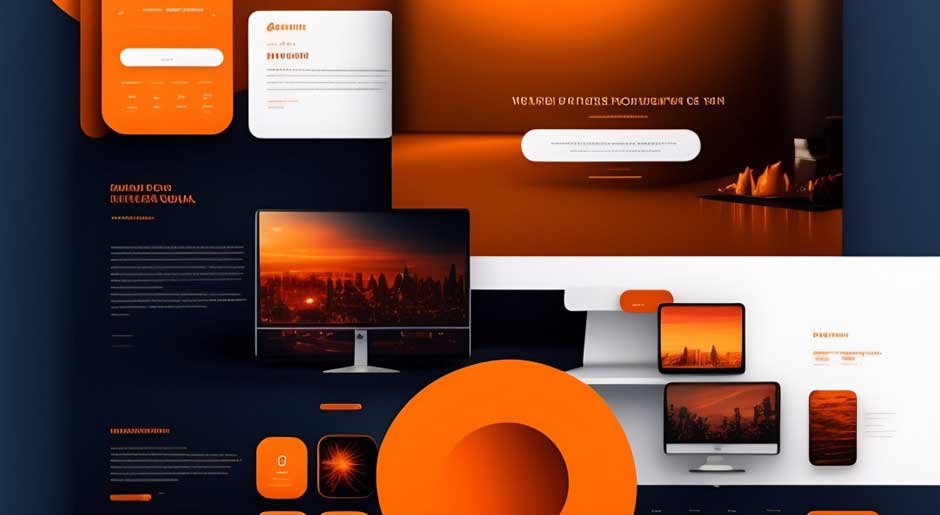Gone are the days when the web was just a static space showcasing rigid information. Today, if a business wants to sustain a thriving online presence and cultivate meaningful relationships with its customers, it must prioritize user satisfaction above all. User-centric design has emerged as the critical yardstick for websites around the globe, and the Philippines is no exception to this trend. Let’s delve into the role of user-centric design in escalating website development standards in this digital archipelago.
What is User-Centric Design?
In simple terms, user-centric design is a design philosophy that puts the end-user’s needs, preferences, and abilities at the core of the creative process. This approach is prominent in sectors like product design, app development, and of course, website design.
Roots in Human-Computer Interaction
User-centric designs roots stem from Human-Computer Interaction (HCI), a discipline focused on optimizing the interplay between humans and computers to ensure a pleasant user experience. Having evolved significantly over the years, HCI principles now underpin many aspects of the user-centric design.
Evolved Form of Empathic Design
User-centric design can be seen as an evolved form of empathic design, which demands designers to ‘walk in the user’s shoes’ to perceive and address their pain points effectively. Unlike traditional design approaches that prioritize aesthetically pleasing results, user-centric design adopts a democratic, empathetic outlook to cater to diverse user profiles.
The Strategic Asset of Modern Business
Treating user-centric design as a strategic asset enables businesses to stand out in the crowded digital landscape. It increases customer retention, improves brand loyalty, and drives conversion rates, empowering companies to achieve their business objectives efficiently.
The Rising Trends of User-Centric Design in the Philippines
In recent years, the Philippines’ web development landscape has witnessed a significant shift towards user-centric designs. The rise of web development company philippines ushered a new era in digital design, fostering an environment of innovation, creativity, and customer-oriented visions.
Increased Use of Advanced Digital Tools
Advanced tools like SAS, Adobe XD, and Sketch have become common in the Philippine web space as designers increasingly adopt scientific methods for crafting user-friendly interfaces.
Growing Collaboration Between UX and UI Teams
In the Philippine web development industry, there’s a marked increase in collaboration between UX and UI teams. By sharing knowledge and resources strategically, they work together to optimize user interaction and interface design.
Rising Demand for Latest Design Strategies
From progressive web apps to minimalistic designs, keeping up with the latest design trends is crucial in delivering up-to-date user experiences. Philippine web companies constantly chase the latest design tactics, bracing pace with the global frontier.
User-Centric Design: A Key to a Successful Business in the Philippines
In a competitive market, businesses must continually innovate to stay afloat. Deploying user-centric designs offer resilience in the unpredictable digital realm. The web design philippines industry applicate this principle across all sectors aiming for mass customer satisfaction.
Makes Websites More Accessible
User-centric designs increase the accessibility of websites by making them easy to navigate, mitigating cognitive load, and accommodating diverse user abilities and device preferences.
Boosts Customer Loyalty and Engagement
Living up to customer expectations and providing personalized experiences is an excellent way to build customer loyalty. A user-centric website effectively attracts, engages, and retains customers.
Drives Positive Business Outcomes
Whether it is to boost brand awareness, generate high-quality leads, or maximize conversion rates, user-centric design can help a business achieve its desired results.
Conclusion
User-centric design is no longer a nice-to-have, but a must-have for businesses that wish to succeed in the digital age. By shedding light on the significant role that user-centric design plays in the web development standards in the Philippines, it’s clear how this design philosophy is transforming digital landscapes. In the end, web development isn’t just about coding and creating visually appealing graphics—it’s about understanding users on a deeper level and building engaging experiences around them. Harness this paradigm and give your users what they truly need. The result? An elevated digital presence that wins hearts and minds.

